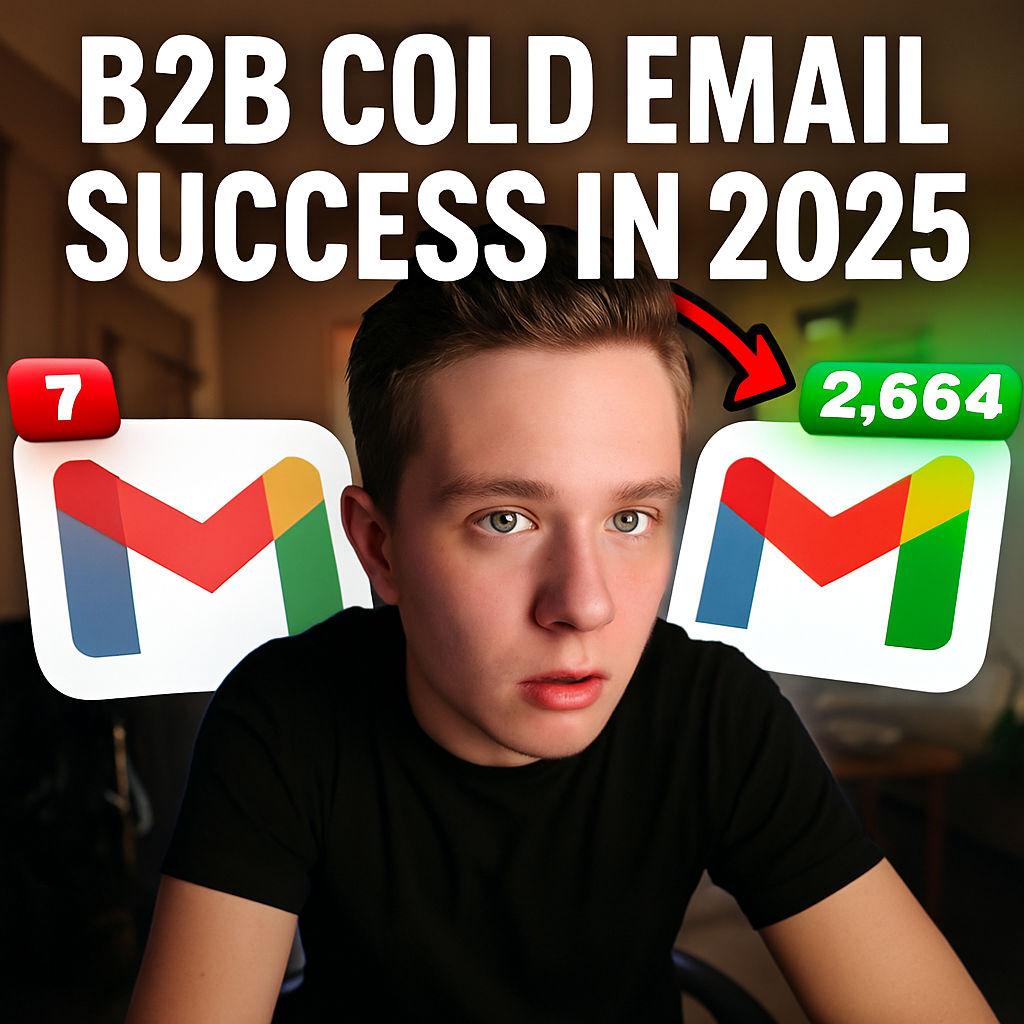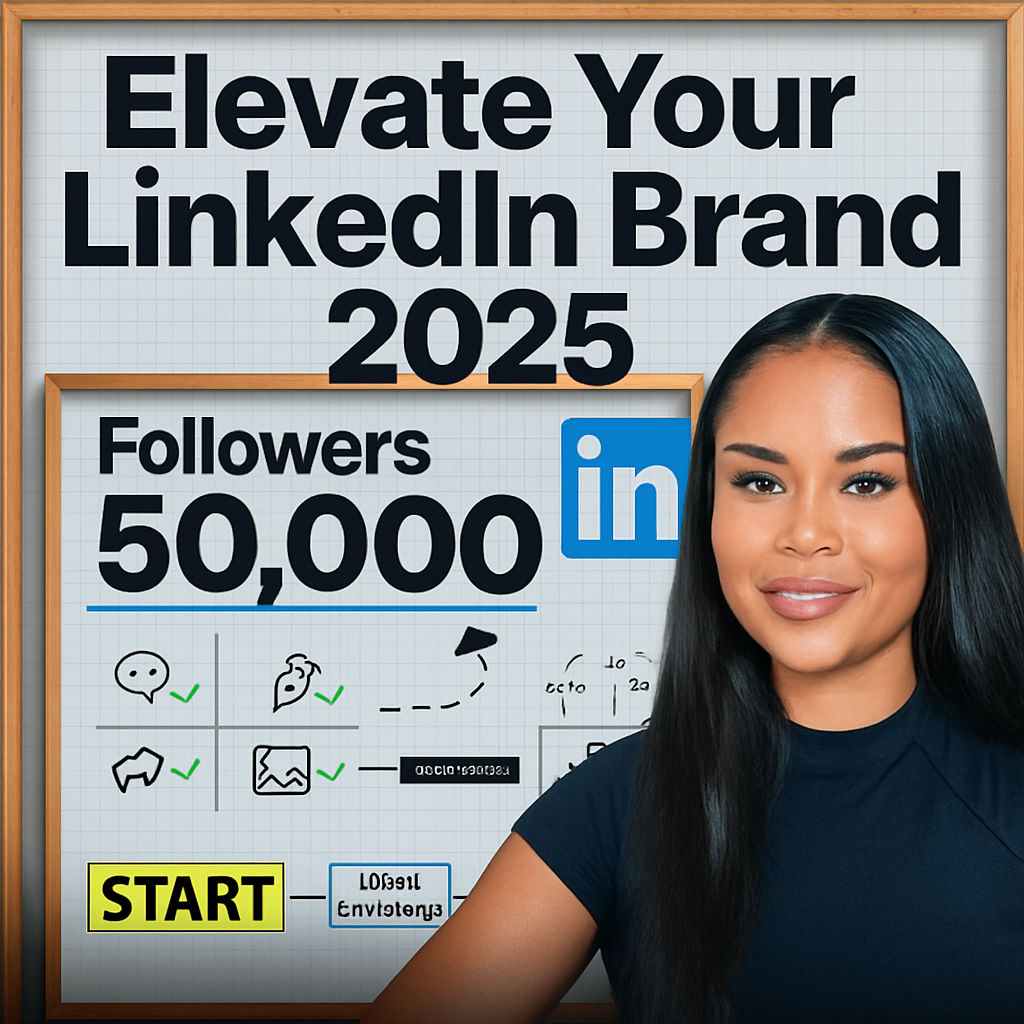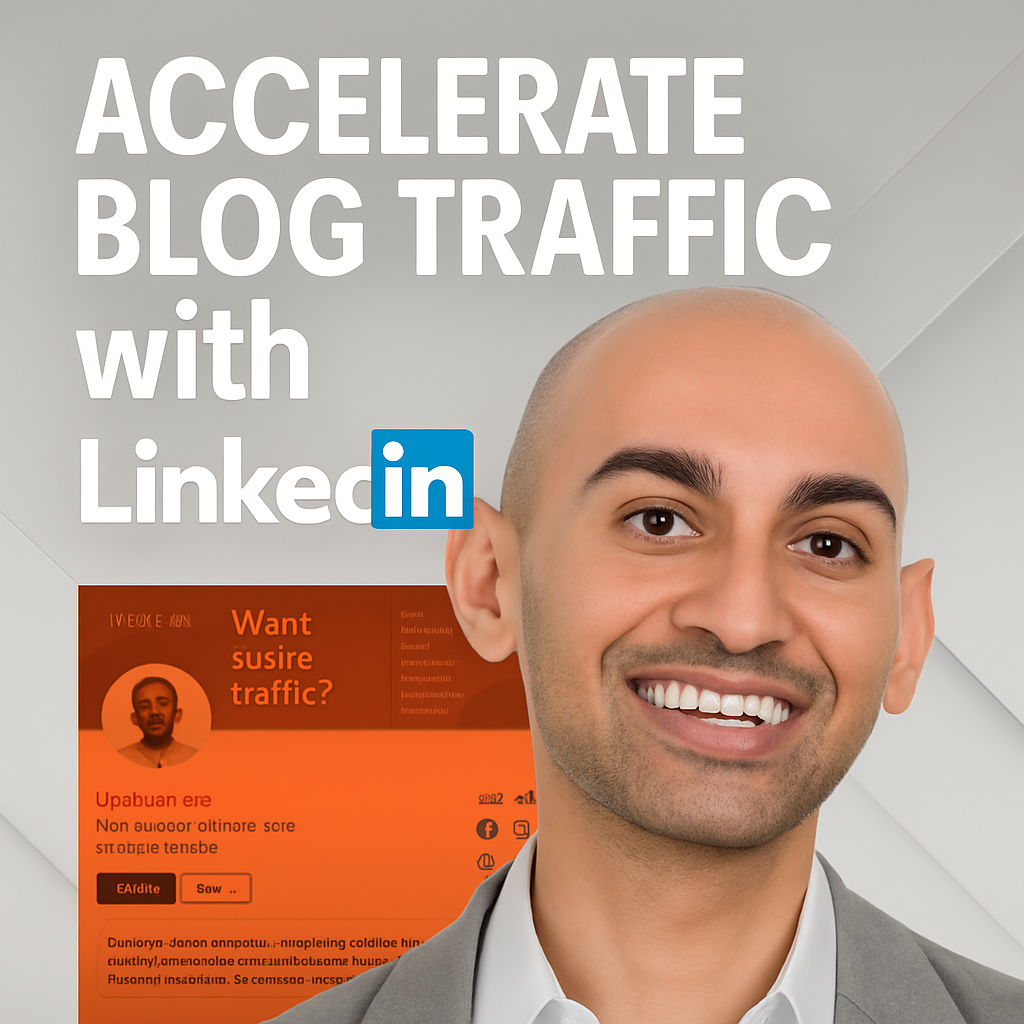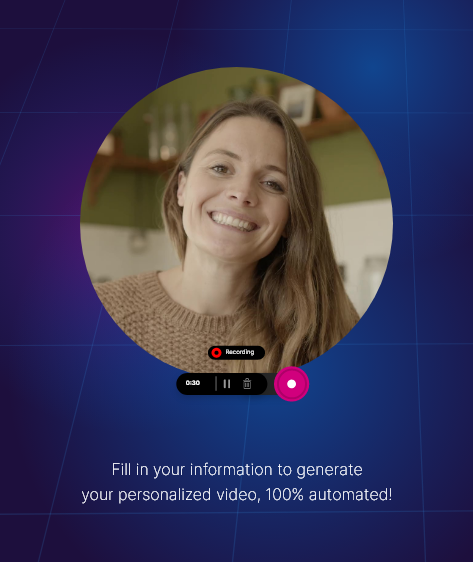Cold email remains one of the most effective, data-driven outreach strategies for B2B businesses aiming to scale their pipeline and secure sales calls. But as inboxes flood with template-based messages and competition heats up, the strategies that once worked are evolving. Is cold email still viable for your business in 2025? What separates those who consistently win with cold email from those who struggle to see any ROI?
This comprehensive guide breaks down what determines cold email success in modern B2B, drawing from proven results across 15+ industries. If you’re considering investing in cold outreach, or wondering if it should be a core part of your acquisition strategy, read on to assess your fit, avoid common pitfalls, and learn how to build an email campaign that wins in today’s crowded market.
Based on the original video:
The Modern Definition of Cold Email: Beyond Mass Outreach
Cold emailing is often misunderstood. Some see it as a high-volume numbers game—blast as many prospects as possible and hope for replies. Others believe success lies in personalized, hand-crafted messages to a select few leads daily. The truth? Sustainable results come from finding the balance: targeting a healthy volume of relevant, thoughtfully personalized messages to high-value contacts in your ideal audience.
Today’s cold email landscape is defined by:
- Sophistication in recipient markets: Prospects are more informed and inundated with outreach than ever before.
- Technological advancements: Data tools, sequencing platforms, and automation enable scale without (necessarily) sacrificing personalization.
- A focus on value: Cold emails that solve concrete business problems, rather than just promoting services, stand out.
Think of it this way: just as a lawn repair company doesn’t pitch to people with flawless yards, your outreach should target those whose pain points align with your solutions, ensuring messages land with the audiences most likely to act.
Step 1: Assessing Your Total Addressable Market (TAM) for Cold Email
Not every business or offer is built for cold email. The size and nature of your target audience—a.k.a. your Total Addressable Market (TAM)—is foundational. Cold email delivers the best results when there’s a sizable pool of relevant prospects you can reliably reach and personalize your messaging for.
Why market size matters:
- Too small a TAM (e.g., only a couple thousand potential buyers): you’ll burn through your list quickly, limiting your campaign lifespan.
- Too broad a TAM: you risk irrelevance, low reply rates, and damage to your sender reputation.
For example, if you only sell to niche online pet brands, you simply don’t have the mass audience required for consistent outbound success. Expanding your offer or augmenting lead sources may be necessary in such scenarios.
Data Access: Finding Decision Makers’ Emails
Even with the right TAM, you need high-quality, accurate contact data. Being able to reliably source and validate the emails of decision makers is a must. Data platforms like LinkedIn Sales Navigator, Apollo, and purpose-built list providers are vital for gathering verified contact information and targeting your outreach to those empowered to buy.
Ask yourself:
- Do I know exactly who my ideal buyer is?
- Do I have, or can I buy, access to their direct emails?
- Can I identify where they spend time online?
Step 2: The Importance of Your Offer—Demand Generation vs. Demand Capture
Too often, businesses send generic cold emails without considering what they are truly offering. There are two crucial types of offers for every outbound campaign:
- Demand Generation Offers: Create interest or educate prospects who may not know they need your solution yet. These thrive in cold outreach.
- Demand Capture Offers: Target prospects who are actively searching for your solution (best for inbound methods like Google Ads, not cold email).
Your cold email success hinges on positioning your outreach to generate demand, not just capture it. If your entire sales model relies on buyers pre-educated about your solution, cold email will likely disappoint.
Establishing Product-Market Fit
No matter how advanced your toolset or compelling your message, nothing substitutes for true product-market fit—the alignment between what you offer and a real, urgent market need. Without it, you’ll struggle with not just cold email, but with paid ads, SEO, blogs, and other customer acquisition channels as well. Test, learn, and match your offer to your audience before scaling campaigns.

Step 3: Crafting Campaign-Level Offers That Drive Replies
In saturated inboxes, the unique value you deliver up front is what earns attention. Beyond your core product, consider campaign-level offers or service-based lead magnets tailored to your prospect’s real business goals.
Examples of compelling, high-response offers include:
- A free, targeted lead list (“Can I build you a list of X potential buyers?”)
- Industry-specific insights, benchmarks, or audits
- Custom strategic evaluations or opportunity reports
The principle is simple: the more value you give up front, the more you can ask in return. The top-performing campaigns often lead with a truly valuable gift, not an immediate ask for a call or meeting. Consider what practical “quick win” you can offer your best-fit leads.
For instance, one proven campaign used just a single sentence: “Hey [First Name], can I build you a lead list of [target decision makers]?” The hit rate was consistently high because the offer delivered immediate, tangible value the prospect couldn’t easily get elsewhere.
Why “Giving First” Wins in the 2025 B2B Inbox
Strategically leading with genuine value—especially something personalized to your prospect’s goals or pain points—sets you apart from most cold outreach, which too often rushes for the close. This approach positions you as a problem-solver and authority, opening the door to conversations and trust.
Step 4: Client Lifetime Value—Knowing When Cold Email Makes Financial Sense
Cold email is not right for every offer. The operational (and opportunity) costs of sourcing data, sending at scale, and properly following up mean that low-ticket offers simply can’t support the financial outlay or effort required.
Rule of thumb: avoid cold email if your client/user lifetime value is below $1,000. Otherwise, you risk burning cash for little return. Ideally, cold outreach shines when your deals are $10,000, $20,000, $50,000+, making customer acquisition costs much more manageable and profitable.
For lower-ticket products or services, focus efforts on more scalable, lower-cost acquisition strategies like content marketing, social selling, or paid ads.

Step 5: Building a Sales Process That Converts Leads to Revenue
Even the best cold emails only win if you can consistently turn booked calls into paying clients. Without a robust sales process and lead management system, scaling outreach just results in wasted opportunities. At a minimum, your sales process should include:
- Promptly responding to replies or meeting requests
- Scheduling qualified calls or demos with the right stakeholders
- Effective pre-call preparation (customized for each prospect)
- Clear follow-up and delivery of assets/information requested
- Post-call nurture sequences for leads not ready to buy yet
Your process can be built with simple spreadsheets, CRMs, or automation tools—but it must provide clarity, follow-through, and trackability. As you gain more replies and leads, iterate and refine to keep conversions high.
Iterative Management: Constant Testing is Key
No outbound campaign is static. Always be optimizing—test email variants, offers, messaging angles, and follow-up cadences. Use data to evaluate what works and double down on those wins, while consistently tweaking areas with lower performance. Sustainable cold email wins are achieved via cycles of experimentation and analysis.
Real-World Takeaways: Is Cold Email Right for Your B2B Business?
If you’re serious about adding cold email to your growth playbook, run through this checklist to maximize your chance of success:
- Your TAM is large enough for ongoing outreach.
- You have—or can source—accurate decision maker contact data.
- Your offer can create demand, not just capture it.
- You’ve achieved product-market fit with clear proof of customer demand.
- You lead with high-value campaign offers or lead magnets.
- Your client LTV exceeds $1,000 (ideally much higher).
- A clear, documented sales process exists converting replies into revenue.
- You’re ready and willing to test, analyze, and iterate continuously.
Businesses who check these boxes regularly see outbound campaigns generate hundreds of sales calls and new clients—even in crowded markets. But for those ignoring product-audience matching or lacking market fit, cold email is more likely to create headaches than windfalls.

Advanced Tips for Cold Email in 2025
- Personalization at Scale: Use dynamic fields and custom snippets (based on the prospect’s company, role, recent activity, etc.) to make each touch feel bespoke—modern tools make this easier than ever.
- Follow-Up Strategy: Most positive replies come after 2-5 touches. Design your sequence for persistence, not just one-and-done blasts.
- Deliverability Optimization: Warm up sending domains, monitor reputation, and avoid spam-trigger phrases. Clean data is essential.
- Value-First Approach: Offer something that provokes a “yes” before you ask for time or money—a rare, relevant insight, resource, or a batch of vetted leads.
For readers exploring tools to streamline outreach, comparing solutions can help you decide on the right platform. If you want to dive deeper, our article Reply vs Instantly: Which Tool is Better? reviews top tools designed for high-volume, personalized cold emailing, examining features and performance to find the best fit for your business.
Key Considerations Before You Launch Your Next Campaign
- Map out your exact buyer profile and confirm market demand.
- Test offers/messaging on small batches and scale only what works.
- Don’t overlook your internal sales process—winning inbox attention means nothing if you can’t convert!
- Plan for ongoing campaign management: only iterated, optimized messaging delivers ROI.
Ready to harness the power of cold email for your B2B growth? Prioritize the fundamentals above, and join the ranks of high-performing businesses who generate consistent meetings and revenue from outbound campaigns, no matter the market landscape.
FAQ: Cold Email Success in B2B
What is cold email and why is it still relevant for B2B?
Cold email is direct, unsolicited outreach to decision makers who have not interacted with your company before. Despite growing competition, it works for B2B because it enables direct conversations with prospects at scale—especially when campaigns are personalized, value-driven, and well-targeted.
How big should my total addressable market (TAM) be for cold email to work?
The larger your TAM, the better. Ideally, you should have access to thousands of relevant prospects to avoid exhausting your list and to allow continuous testing and iteration.
What types of offers work best in cold email outreach?
Value-first offers such as free lead lists, tailored audits, or exclusive industry insights outperform generic meeting requests. The more uniquely valuable your offer is to the prospect, the higher your response rate.
What client lifetime value (LTV) makes cold email campaigns profitable?
Most experts recommend a minimum LTV of $1,000 for cold email to make financial sense, with substantially higher LTV ($10,000–$50,000+) being preferable for sustainable results.
Why is it important to have a sales process before launching a cold email campaign?
Without a sales process, you risk losing the leads and meetings your outreach generates. Effective lead management and follow-up are essential for turning initial interest into actual revenue.









